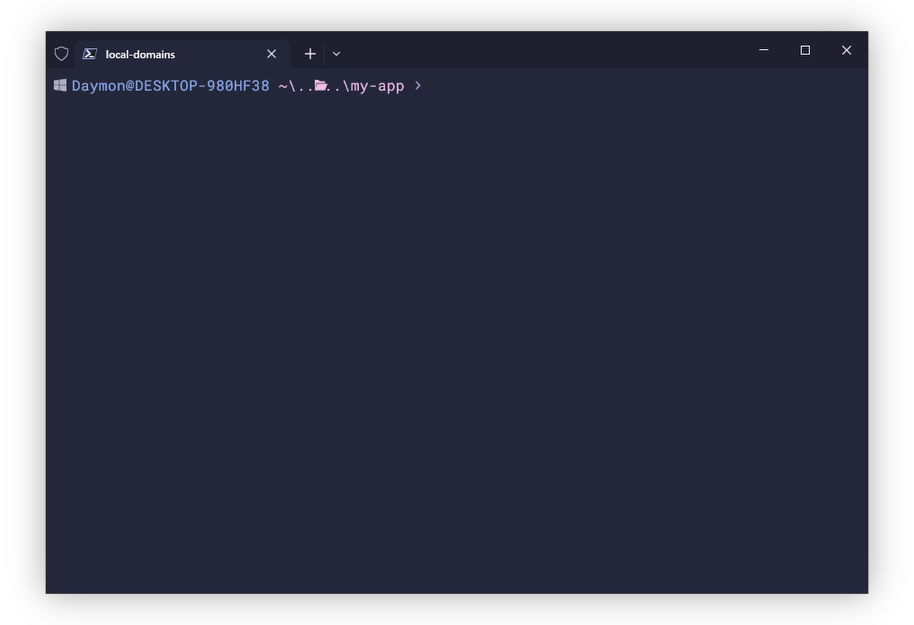vidos v1.0.0
Create and manage virtual domains on the fly for easier local development.




Demo

Installation
Install vidos with npm
npm install -g vidosOverview
vidos (short for virtual domains) allows you to create/manage server blocks (otherwise known as virtual domains) on the fly with next to no setup required; allowing you to route any domain to any IP.
While this could be utilized for a variety of things, the primary intention is to
assist in local web development. Instead of needing to use some form of a toggle or enviornment variable
to switch between 127.0.0.1 and your prod domain, you can instead let vidos map your
prod domain to your localhost; allowing you to focus more on a production equivalent
environment, and less on making sure all your links and callbacks are pointing
to the right domain.
How
Behind the scenes, vidos creates an entry in your hosts file for your domain, and a config file for mapping it through nginx. If you don't have nginx already, vidos can download and manage a copy for you.
Features
Local Domains
- Create and delete domain mappings on the fly through the
vidoscommand line - Enable or disable a given domain at any time
Config file
- Local JSON file for configurations
- Synchronisation between the local config file and your hosts/nginx files
- Optionally refresh your local server automatically whenever you make changes to the config file;
either manually or automatically through other
vidoscommands - Specify a custom folder for domain configurations to live under in your server files
- Use a custom hosts file
Local Server
- Automatically
downloadand manage a nginx instance for your server- Or use your own (existing) nginx instance
startandstopat any given point; restoring your hosts file and nginx configuration to what it was before- Easily
refresha server whenever you make manual config file changes killexisting nginx instances, should something go wrong
Getting Started
Kick off your vidos usage with the init or install command
vidos init
Roadmap
- CI Testing
- Backups
- SSL
- Complete *nix support
- Migrate to Kotlin/JS (maybe)
License
2 years ago
